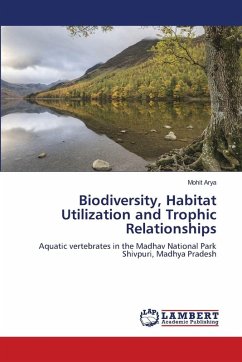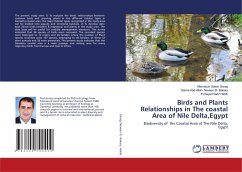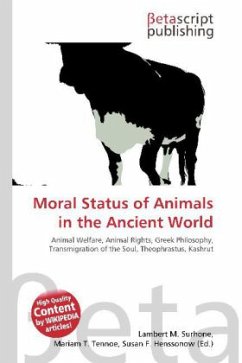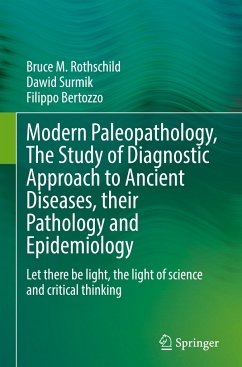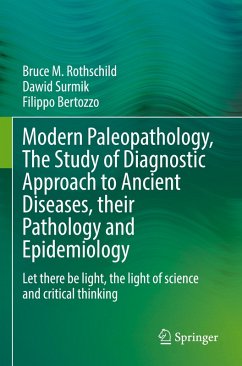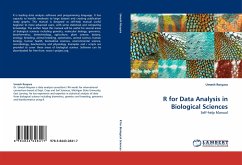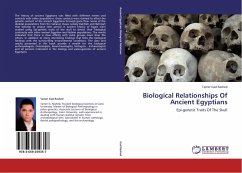
Biological Relationships Of Ancient Egyptians
Epi-genetic Traits Of The Skull
Versandkostenfrei!
Versandfertig in 6-10 Tagen
45,99 €
inkl. MwSt.

PAYBACK Punkte
23 °P sammeln!
The history of ancient Egyptians was filled with different events and contacts with other populations. these contacts were claimed to affect the genetic content of the ancient Egyptians through gene flow. Some of the skeletal populations from the Saharan Oases namely Dakhleh and Bahriyah that belongs to unique time period in ancient history of Egypt were studied using Epi-genetic traits of the skull to detect their biological continuity with other ancient Egyptian and Nubian populations. The results indicated that there is close affinity with some groups more than the others. In addition to ma...
The history of ancient Egyptians was filled with different events and contacts with other populations. these contacts were claimed to affect the genetic content of the ancient Egyptians through gene flow. Some of the skeletal populations from the Saharan Oases namely Dakhleh and Bahriyah that belongs to unique time period in ancient history of Egypt were studied using Epi-genetic traits of the skull to detect their biological continuity with other ancient Egyptian and Nubian populations. The results indicated that there is close affinity with some groups more than the others. In addition to many interesting findings that links the biological findings with the surrounding environmental conditions. The data and results presented in this book provide a wealth for the biological anthropologists, Osteologists, bioarchaeologists, biologists , archaeologists and all persons interested in the biology and paleo-genetics of ancient Egyptians.



